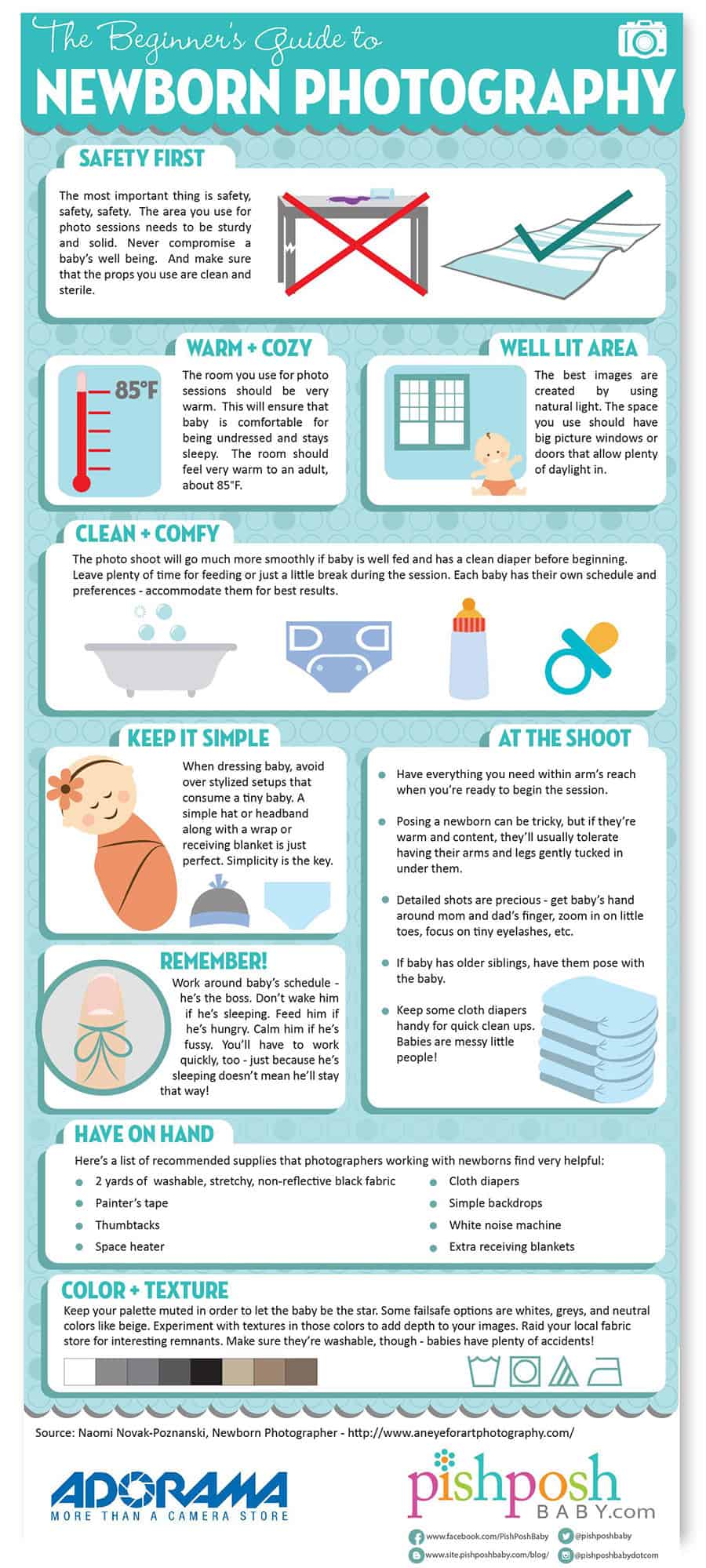Photography Tips For Beginners: Grasping Your Video Camera In No Time At All
Photography Tips For Beginners: Grasping Your Video Camera In No Time At All
Blog Article
Short Article Written By-Weber Elmore
When you initially pick up your electronic camera, it can feel frustrating with all the setups and alternatives available. You might find yourself asking yourself exactly how to navigate aperture, shutter rate, and ISO successfully. Grasping these principles is important, but there's more to digital photography than just technical knowledge. Comprehending structure techniques and lighting problems can elevate your photos dramatically. So, what if you could find out straightforward approaches to boost your skills and begin capturing outstanding photos faster than you assume? Let's explore exactly how to transform your photography journey.
Comprehending Electronic Camera Setups
Recognizing your video camera setups is important for recording spectacular pictures. When you get your cam, acquaint yourself with the 3 major settings: aperture, shutter rate, and ISO. Each plays a vital duty in just how your photos turn out.
Begin with aperture, which manages the quantity of light getting in the lens. A broader aperture (reduced f-number) lets in more light and produces a beautiful history blur, excellent for pictures. Alternatively, a narrower aperture (higher f-number) maintains even more of the scene in focus, ideal for landscapes.
Next off, focus on shutter rate. This setting determines the length of time your video camera's sensing unit is subjected to light. A fast shutter rate ices up movement, which is fantastic for action shots, while a slow shutter rate can develop magnificent effects like smooth water in landscapes.
Last but not least, change your ISO. This setup affects your cam's sensitivity to light. A higher ISO is useful in low-light situations but can present noise or grain. Go for the lowest ISO feasible while still achieving appropriate direct exposure.
Composition Techniques
When you're out shooting, structure can make all the distinction in how your pictures reverberate with viewers. Beginning by using the guideline of thirds; visualize your framework split into nine equivalent sections with 2 straight and 2 upright lines. Setting crucial elements along these lines or at their crossways to produce equilibrium and rate of interest.
Next, think about leading lines. These natural lines in your scene, like roads or rivers, draw the visitor's eye into the photograph, leading them through the tale you're informing.
Don't ignore framing; use components within your scene, like trees or home windows, to develop a frame around your topic, including depth and focus.
Likewise, watch on your history. https://9to5mac.com/2019/09/25/how-to-use-night-mode-iphone-11-pro/ cluttered background can sidetrack from your primary subject, while an easy one helps it stand apart.
Finally, try out balance and patterns; they can create a striking image that catches interest.
Mastering Illumination Issues
Mastering lights problems is crucial for recording magnificent photos, as the appropriate light can change an ordinary scene into something remarkable.
Beginning by observing natural light at various times of the day. Mornings and late afternoons supply the most effective light, called the golden hour. The soft, cozy tones during these times can enhance your images perfectly.
Don't shy away from cloudy days either; diffused light can minimize harsh shadows and produce a pleasing result, especially for pictures.
Try out professional profile photographer by placing your topic against the light. This technique can create a wonderful halo effect and include deepness to your pictures.
Pay attention to your electronic camera setups as well. Readjust visit this web-site , aperture, and shutter rate to fit the illumination problems. A higher ISO can assist in reduced light, yet be cautious of grain.
Utilize a tripod in darker atmospheres to stay clear of blur.
Finally, do not neglect synthetic lighting. Flash and continual lights can be great tools for regulating light in difficult problems.
Conclusion
To conclude, understanding your video camera doesn't have to be frustrating. By recognizing your setups, applying structure methods, and utilizing the power of all-natural light, you'll quickly boost your photography abilities. Remember, exercise makes best, so get out there and explore your newly found expertise. With time and dedication, you'll be catching sensational pictures that show your one-of-a-kind perspective. Take pleasure in the journey, and do not forget to have fun while you go to it!
